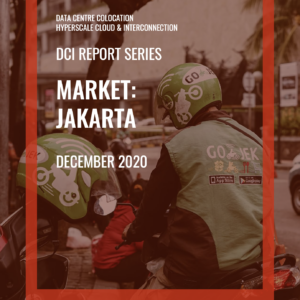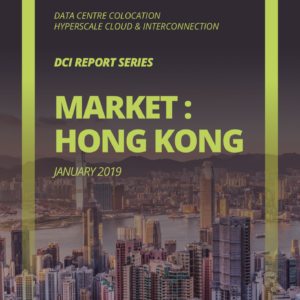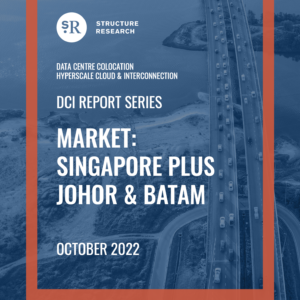Description
Bangkok is an intriguing data centre market that is ready to take advantage of the many tailwinds and favourable fundamentals unique to both Thailand and the wider Southeast Asia region. This is a market still at a very early stage of development. The total inventory of built-out capacity in Bangkok is projected to come in just above 56MW in 2024, with the value of the market clocking in at almost USD $200m. The Bangkok market’s value is expected to grow at a five-year CAGR of 27.1% to $652m in 2029.
The growth of the market is set to be driven by the growth and expansion of hyperscale cloud infrastructure. The three largest Chinese clouds have arrived in Thailand over the last several years and have built data centres using colocation. Meanwhile, the biggest three US clouds have all confirmed plans to enter the country as well, with AWS getting a headstart and already well on its way to having both Local Zones edge nodes and a fully built out three-AZ cloud region. Along with hyperscale demand, Bangkok is seeing signs of an initial AI wave coming out of China and is positioned to host infrastructure for webscale and second tier hyperscale platforms across cloud, social media and content. These platforms are also just starting to build up in-country infrastructure in Thailand.
As is always the case, the Bangkok data centre colocation market is not without certain challenges. AWS has decided to self-build its cloud region and the other US hyperscalers may also choose this path, impacting the overall demand profile. Ultimately, it is a good bet that all the hyperscalers are going to balance self-build with colocation, but the question will be to what extent. Will self-build be the preferred model or will it be colocation? The early signs are that it will be a balanced strategy, and combined with the largely favourable conditions, should ensure that a rising tide lifts all boats.
Bangkok is a market firmly in the midst of its initial cloud build-out. There is a limited amount of new inventory coming online in 2024, but that will change quickly in 2025 and in the following years. Operators are building in partnership and in anticipation of what hyperscalers are expected to do, and this will complicate the landscape and kick off phases where supply and demand slide out of line a bit, while creating winners and losers. The long-term potential of Bangkok has definitely caught the attention of operators and investors. The landscape is made up of local, regional and global operators optimistic about the domestic situation and looking to diversify out of increasingly competitive markets elsewhere in Southeast Asia.
This report is an excellent resource for any service provider, investor or enterprise end user looking to understand and project the data centre market in Bangkok or find a service provider. The methodology applied continues to be the most robust in the industry. We track supply on a rack and power basis, split all the metrics along retail and hyperscale (and now splitting that between core-hyperscale and edge-hyperscale) lines, and aggregate inventory in multiple tiers according to build status, absorption rates and maximum capacity levels. Hyperscale cloud nodes and on-ramps are mapped and a complete directory is provided.






